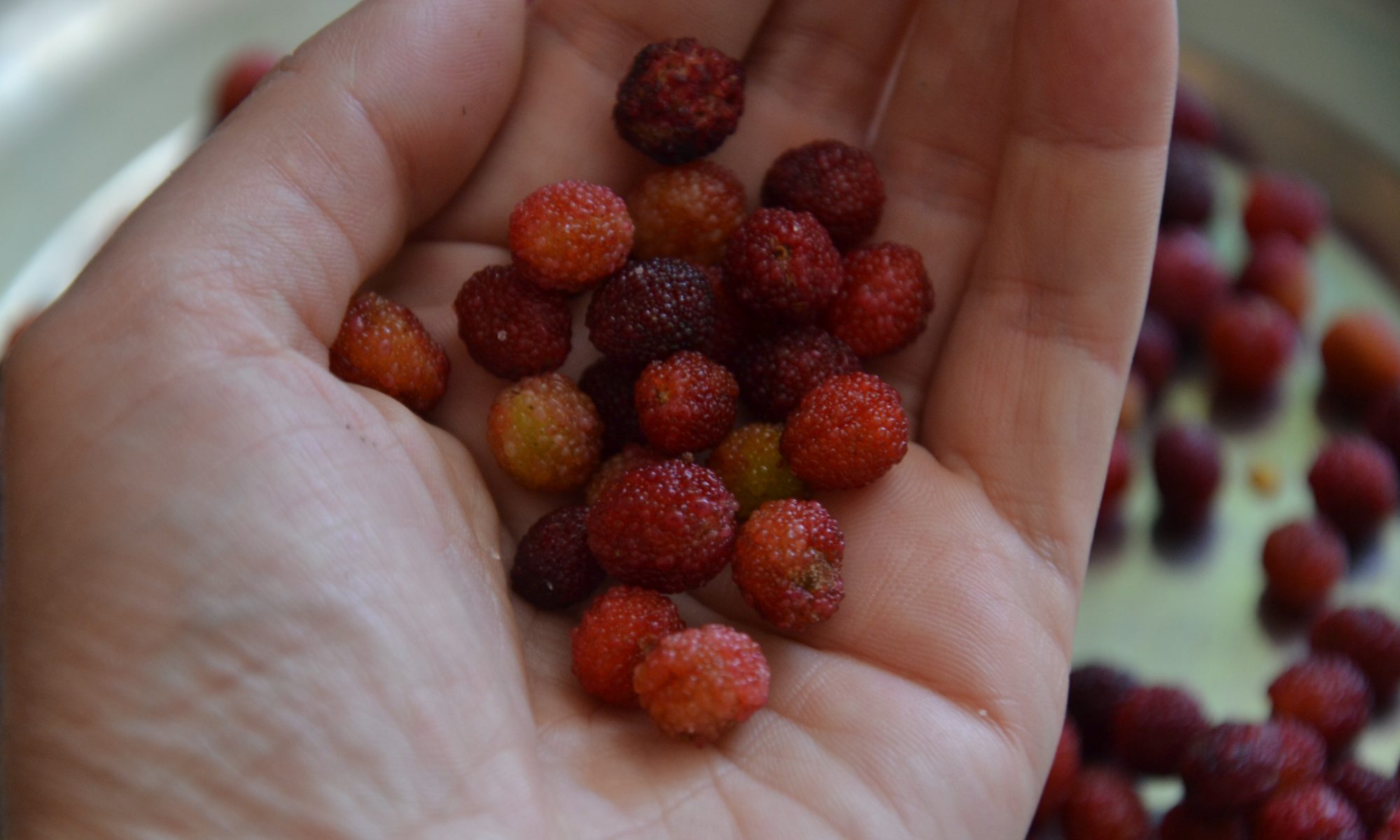A group of researchers through the Vermont Center for Ecostudies as well as the University of Vermont has unearthed that a few types of bumblebees indigenous to your state come in severe decrease or seem to have vanished.
The study that is new a century of records unearthed that nearly 1 / 2 of Vermont’s bumblebee types have actually vanished or come in serious decrease. Scientists involved over 50 trained citizen experts to collect all about a lot more than 10,000 bumblebee encounters over the state. Center for Ecosystem Studies Conservation Biologist Kent McFarland states they compared that information to historic pest collections at Yale, Middlebury university, UVM, as well as other general general public and private collections, some dating back again to 1915. “We were astonished by simply how much information we’re able to get and compare it towards the day that is present. And therefore enabled us to really see just what type of modifications could have occurred through the continuing state during the last 100 years considering that the data returned that far in a few of the collections.”
McFarland claims they categorized their analysis into two groups — what happened to bees ahead of the 1990’s and just what took place following the 1990’s. “We did that as the 1990’s had been this sort of bellwether duration by which people that are worldwide actually observing decreases had occurred with bumblebees. And thus we wanted to learn did the Vermont data fit that trend. And it also actually did. After the 1990’s at minimum half of those had drastically declined.
We can’t also find four of those any longer. They’ve simply disappeared.”

He adds most of the bumblebees was in fact quite typical on the basis of the collections that are historic. “For example the Rusty Patch Bumblebee seems like it most likely had been only an everyday bumblebee in
fauna. After which the past one particular we ever present in a group was at 1999. Countless them into the collections after which vanishes, can’t think it is anywhere. Therefore we went and attempted to believe it is just about in every the historic internet internet web sites so it was in fact discovered before and now we couldn’t transform it up. And there’s three other types that way the in an identical way. They actually had been bees that have been present in these collections after which actually unexpectedly in the 1990’s bang they’re perhaps maybe not when you look at the collections any longer and they can’t be turned by us up.”
UVM Gund Institute for Environment Ecologist Leif Richardson wasn’t astonished that some types come in decrease in Vermont but records that not absolutely all bumblebees are disappearing. “It’s crucial to comprehend that this research makes statements about alterations in the variety, so such as the wide range of types of bumblebees as time passes, however it will not say that we’ve lost abundance of bumblebees. Nonetheless it’s clear that we’ve lost some variety.”
Crazy bumblebees are main plant pollinators and Richardson claims the increasing loss of four types raises issues.
“Bumble bees are diverse inside their habits that are foraging. It is maybe perhaps perhaps not as you can just swap one out of for another. They really do various things if they see plants and you can find various kinds of results when it comes to flowers. And so I think we’re straight to worry about the lack of types variety.”
a wide range of facets could be causing alterations in bee populations climate that is including, habitat loss and pesticide usage. McFarland’s concept implicates other bee types. “All four of those species that are bumblebee become dating apps like tinder closely associated in a single means or any other, either ecologically or genetically. Plus it appears like there was clearly a decline that is catastrophic them which may have linked to utilizing another types of bumblebees in greenhouses. Those bees could have passed away a pathogen or a parasite into these populations that are native simply didn’t have opposition to it also it actually may have done some injury to their populations. Then again there’s a complete вЂnother team they have a tendency become stable and on occasion even expanding their populations.”
The Rusty-patched Bumble Bee had been last observed in Vermont in 1999. The Yellow-banded, American and Ashton Cuckoo types will also be in serious decrease when you look at the state.
